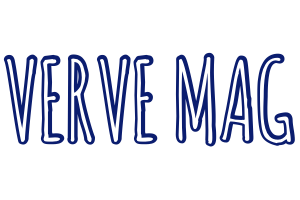Harvest Season: It’s Time to Pick the Grapes

Antoine Lienhardt’s Instagram is busy. A reflection of the atmosphere in his vineyard and domaine in real time. There’s luscious grape clusters being snipped and loads of fruit flowing into massive bins. It’s harvest time, known as vendanges in France, and everyone is moving and grooving.
Of course Lienhardt isn’t the only one. Domaine Chapel in Beaujolais started their harvest in mid-September (cute kiddo alert on Instagram) and Yann Bertrand’s social media gives a glimpse of the harvest crew ready to work. In vineyards all over the Northern Hemisphere, this time of year signals one of the wine world’s essential seasons. But although most vineyards above the equator ripen in a similar nature, they are anything but uniform. And when to pick is a highly refined process unique to each farmer, winemaker, or vigneron.
In some regions, such as Champagne*, there is a level of consensus about when to pick. The Comité Champagne will announce official harvest start dates, by village and variety. But in most regions, the decision on when to pick is less unified, and more and more you’ll hear winemakers talking about their chosen pick dates as key elements in the profile of their portfolio.
Multiple winemakers may make wine from the same vineyard, say in Burgundy or Sonoma County, and they may choose to pick grapes from that same vineyard at slightly different times. For winemakers who believe great wine is made in the vineyard — not with heavy hands in the cellar — a precise harvest at just the right time ensures the fruit will have optimum characteristics to carry through to a desired profile or conviction of terroir.
Grapes harvested earlier in the ripening process tend to have more acidity and lower sugar levels, which will translate to less alcohol in the finished wine. This is a very basic explanation (winemakers will get way geeky about this) but it’s a simple framework to understand why the decision making process at pick time influences the balance of the finished wine.
This is why sparkling wine grapes, which rely on acidity, are often the first to come out of the vineyard. Fruit for white wines is generally next, followed by the reds. Late harvest, dessert wines, ice wines, and the like have their own harvest process which generally happens outside of typical windows.
Weather and climate also play a role in the harvest flywheel. If there’s rain on the way or a storm on the horizon, a crew may rush to get the fruit in before bad weather hits. If the vineyard has experienced atypical heat, the harvest date may be moved up to retain acidity. On the flip side, if the year has experienced a cool or wet growing season, a few extra days or weeks of fall sun may benefit the fruit and pronounce a delayed harvest.
 @yannbertrand_vins
@yannbertrand_vins
Harvest is hard work, often a time that extra hands are needed. Teams of pickers from elsewhere may be called in or all family hands may have to jump on deck. But it’s also a joyful time, a high-energy punctuation in a year of dedication. Back to Lienhardt’s domaine in Comblanchien, in Burgundy, there’s evidence on social media: celebratory ping pong games, hanging out with the vineyard dogs, toasting a glass of beer — smiles all around show the pride of harvest. Cheers to that.
SHOP HARVEST FAVORITES
*This process is guided by Réseau Matu, a unique network of scattered vineyard plots spread across the vineyard. Data gathered by volunteer professionals allows the Comité to evaluate the ripening of the plots in real time, providing comprehension of optimal harvest dates. This year (2021) there’s an app for that, for the first time ever.

 @domainelienhardt
@domainelienhardt